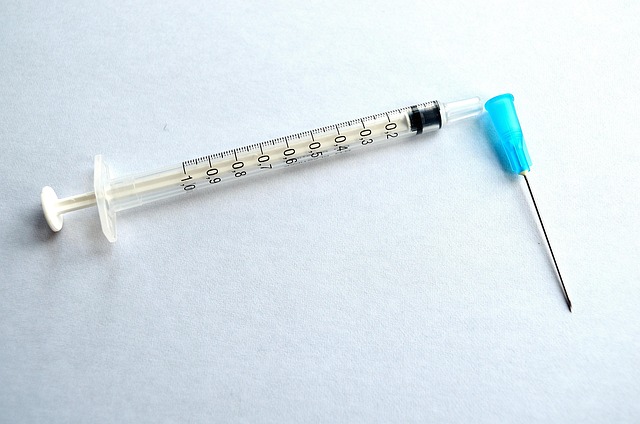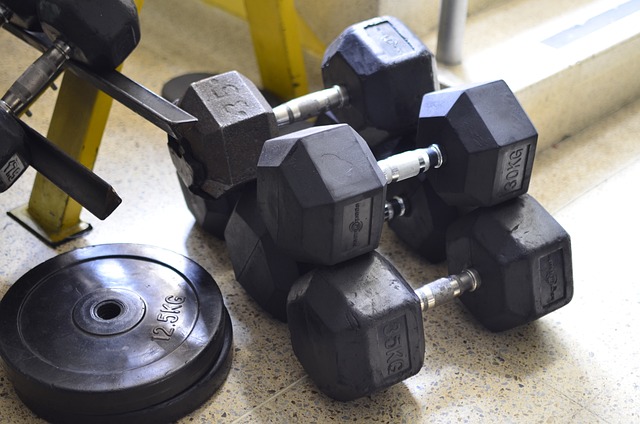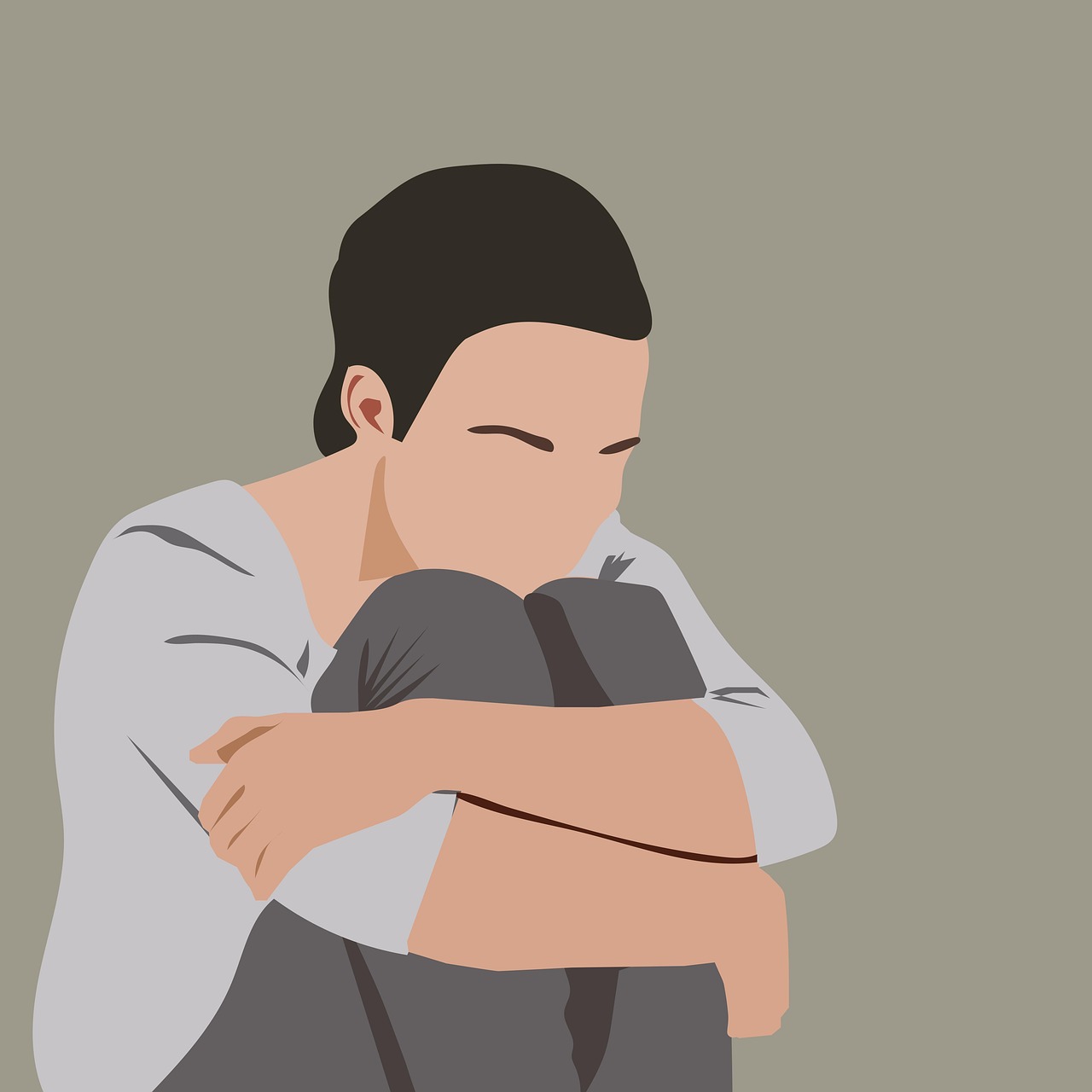The immune system is your body’s natural defense mechanism, protecting you from harmful pathogens like bacteria, viruses, and other invaders. A strong immune system not only helps you fight off infections but also supports overall health and well-being. While genetics play a role in immune function, lifestyle choices have a profound impact on how well your immune system operates. By adopting healthy habits, you can strengthen your immune system and reduce your risk of illness. In this article, we’ll explore evidence-based strategies to boost your immunity and enhance your long-term health.
1. Prioritize Balanced Nutrition
What you eat directly influences your immune system’s ability to function effectively. Certain nutrients are particularly important for supporting immune health:
a. Load Up on Fruits and Vegetables
- Fruits and vegetables are rich in vitamins, minerals, and antioxidants that combat oxidative stress and inflammation.
- Key examples include citrus fruits (vitamin C), spinach (iron and magnesium), bell peppers (vitamin C), and broccoli (vitamin A and C).
b. Focus on Immune-Boosting Nutrients
- Vitamin C: Enhances the production of white blood cells and acts as an antioxidant. Sources include oranges, kiwis, strawberries, and bell peppers.
- Vitamin D: Plays a critical role in immune regulation. Sunlight exposure and fortified foods like milk or supplements can help maintain adequate levels.
- Zinc: Supports immune cell development and function. Found in shellfish, legumes, seeds, and nuts.
- Probiotics: Promote gut health, where 70-80% of immune cells reside. Yogurt, kefir, sauerkraut, and kimchi are excellent sources.
c. Limit Processed Foods
- Highly processed foods high in sugar, unhealthy fats, and artificial additives can weaken the immune system by promoting inflammation and disrupting gut health.
d. Stay Hydrated
- Water is essential for all bodily functions, including the production of lymph, which carries immune cells throughout the body. Aim for at least 8 cups of water daily, adjusting for activity levels and climate.
2. Get Enough Quality Sleep
Sleep is one of the most powerful tools for strengthening your immune system. During sleep, your body produces cytokines—proteins that help fight infections and inflammation. Chronic sleep deprivation weakens immune responses and increases susceptibility to illnesses.
- Aim for 7-9 Hours Per Night: Adults need consistent, restorative sleep to maintain optimal immune function.
- Create a Sleep-Friendly Environment: Keep your bedroom cool, dark, and quiet. Limit screen time before bed to improve sleep quality.
- Establish a Routine: Go to bed and wake up at the same time every day to regulate your circadian rhythm.
3. Exercise Regularly
Physical activity isn’t just good for your muscles and heart—it also boosts your immune system. Regular exercise improves circulation, allowing immune cells to move more efficiently throughout the body. It also reduces inflammation and promotes the release of endorphins, which support mental health.
- Moderate Exercise is Key: Activities like brisk walking, cycling, swimming, or yoga are ideal for immune health. Aim for at least 150 minutes of moderate exercise per week.
- Avoid Overtraining: Intense, prolonged workouts without adequate recovery can suppress immune function. Balance exercise with rest days.
4. Manage Stress Effectively
Chronic stress takes a toll on your immune system by elevating cortisol levels, which suppresses immune cell activity. Learning to manage stress is crucial for maintaining robust immunity.
a. Practice Mindfulness Techniques
- Meditation, deep breathing exercises, and progressive muscle relaxation can lower stress hormones and promote relaxation.
- Apps like Calm or Headspace offer guided sessions for beginners.
b. Stay Connected
- Social support is vital for emotional resilience. Spend time with loved ones, join community groups, or engage in hobbies that bring joy.
c. Set Boundaries
- Avoid overcommitting yourself. Learn to say “no” when necessary to protect your mental and physical health.
5. Maintain a Healthy Gut
The gut microbiome plays a central role in immune function. A diverse and balanced gut flora helps regulate inflammation, produce antibodies, and defend against pathogens.
- Eat Fermented Foods: Probiotic-rich foods like yogurt, kefir, miso, and kombucha support a healthy gut.
- Include Prebiotics: These are fibers that feed beneficial gut bacteria. Sources include garlic, onions, bananas, and asparagus.
- Limit Antibiotic Use: While antibiotics are sometimes necessary, overuse can disrupt gut bacteria. Always consult a doctor before taking them.
6. Stay Up-to-Date on Vaccinations
Vaccines train your immune system to recognize and combat specific pathogens. Staying current with recommended vaccinations protects you and those around you from preventable diseases.
7. Avoid Harmful Habits
Certain lifestyle choices can undermine your immune system, making you more vulnerable to infections.
- Quit Smoking: Smoking damages respiratory tissues and weakens immune defenses.
- Limit Alcohol Consumption: Excessive drinking impairs immune cell function and increases infection risk.
- Practice Good Hygiene: Wash your hands frequently, avoid touching your face, and disinfect commonly touched surfaces to reduce exposure to germs.
8. Consider Supplements Wisely
While whole foods should always be your primary source of nutrients, supplements can fill gaps if dietary intake is insufficient. However, it’s important to consult a healthcare provider before starting any new supplement regimen. Common immune-supportive supplements include:
- Vitamin D: Especially important for people with limited sun exposure.
- Elderberry: May reduce the severity and duration of colds and flu.
- Echinacea: Traditionally used to boost immune defenses.
- Omega-3 Fatty Acids: Found in fish oil, they reduce inflammation and support immune function.
9. Stay Physically Active Outdoors
Spending time outdoors provides multiple benefits for your immune system:
- Sunlight Exposure: Boosts vitamin D production, which enhances immune regulation.
- Fresh Air: Reduces exposure to indoor pollutants and allergens.
- Nature Therapy: Being in nature lowers stress levels and promotes relaxation.
10. Listen to Your Body
Your immune system sends signals when it needs extra care. Pay attention to symptoms like fatigue, frequent colds, or slow wound healing, as these may indicate compromised immunity. Prioritize rest, hydration, and nutrient-dense foods during periods of increased vulnerability.









